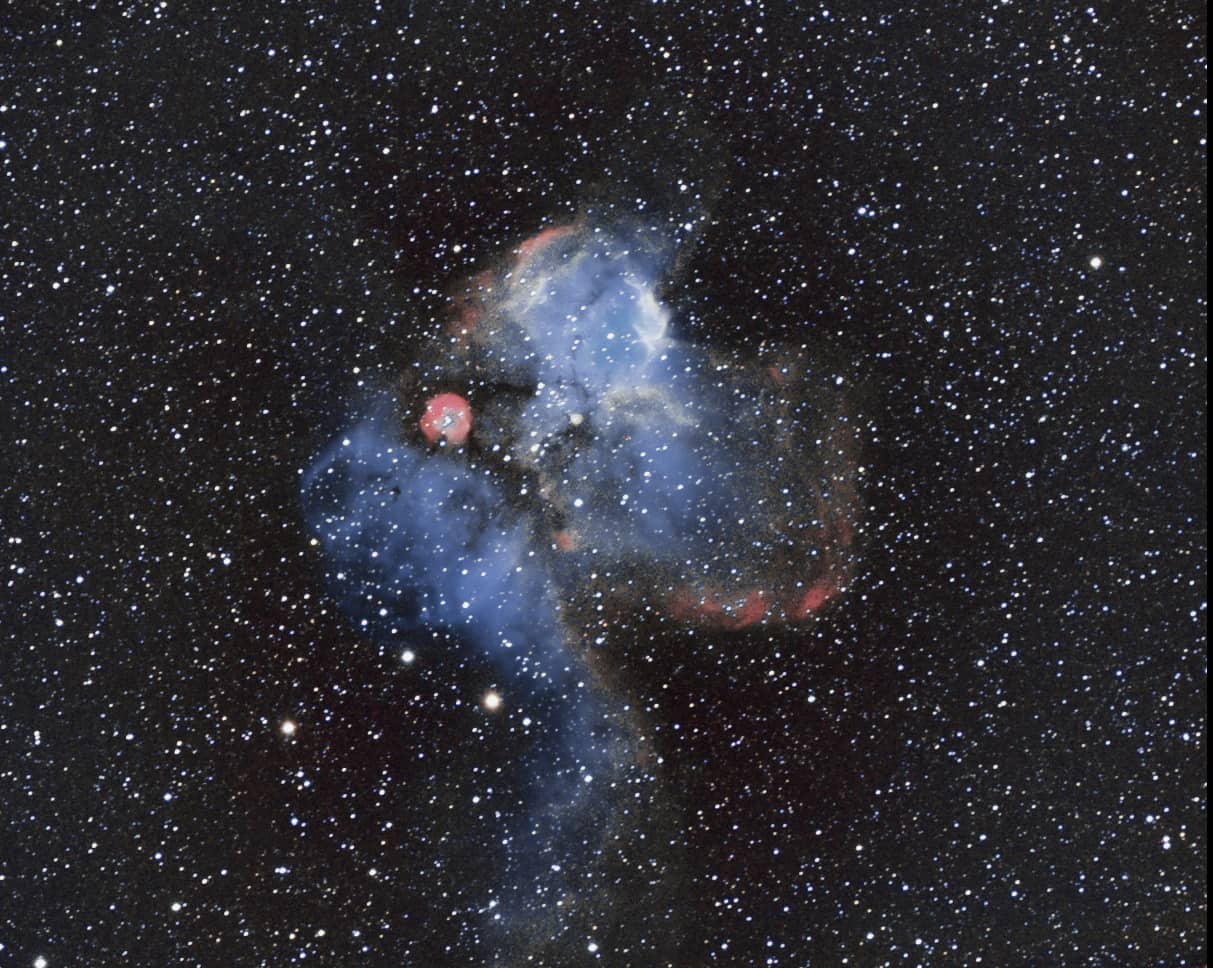Red Dirt Astronomy: Skies & Space for May 2022
May 1, 2022
Planets
Mercury – The planet fades into the evening twilight in the early days of May, soon to be lost in the setting sun’s glow.
Venus - In the morning sky near Jupiter as the month begins, the planet will move away as the month progresses. On May 28, the moon will be close by the planet for a conjunction.
Mars – Growing more prominent in the morning sky, Mars will approach Neptune on May 17 as it crosses into Pisces and out of Aquarius. On May 24, the waning crescent moon will pass just south of the planet. As the month progresses, Mars will overtake and pass Jupiter, with the pair entering a close conjunction on May 28 and May 29.
Jupiter - For the month, the planet will reside between Venus and Mars. On May 24 and May 25, the trio will be joined by the waning crescent moon, creating an interesting ‘picture’ in the morning sky.
Saturn - In Capricorn all month, Saturn will be joined by the moon on May 22.
Uranus - Too close to the sun this month, the planet will not be observable.
Neptune - Like Uranus, Neptune is too close to the suns glow to be visible in May.
Sky & Space Anniversary Events for May 2022
- May 4: Lunar Orbiter 4 launched by Atlas-Agena (1967)
- May 7: STS-84 (Space Shuttle ATLANTIS) launched (1992)
- May 9: First quarter moon
- May 16: Full moon
- May 22: Saturn north of moon
- May 22: Last quarter moon
- May 24: Mars close to moon
- May 24: Mercury Atlas 7/Aurora 7 - Scott Carpenter launched at 8:45 AM (1962)
- May 24: Explorer 34 launched by Thor-Delta @ Vandenberg (1967)
- May 25: Jupiter close to moon
- May 27: Venus close to moon
- May 29: Mars South of Jupiter
- May 30: New moon
Object of the Month (Skull & Crossbones Nebula-NGC 2467
Located 13,000 light years away in the little known constellation of Puppis is the Skull and Crossbones Nebula. It’s seen on the right and represents the stern of a ship.
Residing below the Big Dog, Canis Major, the nebula is faint and seldom observed. However, it’s unique shape and curious name sometimes draw the attention of astrophotographers and astrophysicists alike.
Looking closely at the image, several star clusters are found peeking out through the gases within the nebula. The question astronomers wish to answer is whether the influence of these energetic young stars assists in forming new stars. Images from the Spitzer Space Telescope confirm the presence of 45 young stellar objects -- proto-stars -- that are 1 to 2 million years old within the nebula. They are found along the wave fronts of shock waves propagating through the nebula originating from these massive stars. The correlation between the formation of these proto-stars and the presence of this energetic shock wave from the massive stars seems to indicate that it does indeed influence the formation of new stars. This is becuase of the compressing of the molecular gases within the nebula into ever more dense masses, which heat up to millions of degrees, resulting in nuclear fusion and birthing a star.


